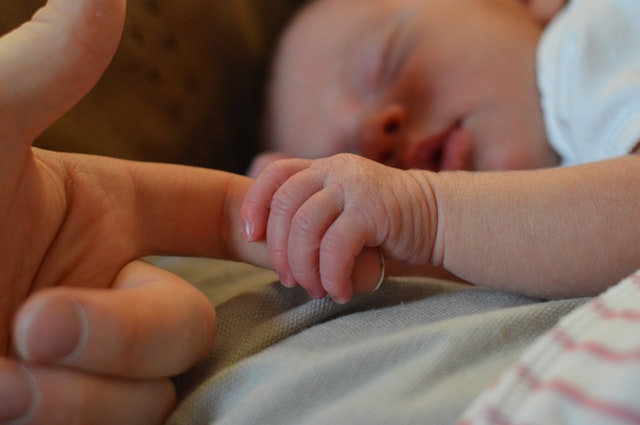Assisted Delivery

(Use of Forceps & Suction)
Assisted delivery procedure is used when
- The mother is too tired and cannot push further
- The mother cannot push the baby out probably because the baby has a big head
- The baby shows signs of distress during labor
- The baby is breech (poised to come out buttocks or feet first)
- The baby is premature and the head needs protection from the pressure exerted during the birth process
Forceps
- The mother is given local anesthesia in the pelvic floor area
- Episiotomy (a small cut near the vaginal opening) is done
- The forceps are positioned on either side of the baby’s head and gently pulled to deliver the baby
- The mother can help by pushing
- The rest of the body of the baby is delivered normally
- The forceps form a cage around the baby’s head protecting it from pressure.
Vacuum
- A small metal cup is connected to a vacuum pump
- It is passed into the vagina and attached to the baby’s head.
- The baby is gently pulled through the birth canal
- The mother can help by pushing
To avoid chances of having an assisted delivery:
- Stay active during pregnancy
- Practice pelvic floor exercises
- Keep upright posture during delivery.
Are there any risks associated with a forceps delivery?
Forceps delivery is a common procedure and you should not worry if your doctor is doing the same. The benefits of correct use of forceps overrides the risks such as delayed birth, or those of a cesarean delivery for certain women who may have their own health risks.
However, there are some possible risks to the mother include:
- Perineum Pain (the soft tissue between your vagina and your anus)
- Tears in the lower Genital Tract Tears and Abrasions (this is also an expected risk in non-forceps vaginal deliveries.) If your doctor performs an episiotomy to repair tears, there is also a risk of postpartum bleeding and infection.)
- Difficulty in Urinating
- Short- or long-Term Urinary or Bowel Incontinence (involuntary urination or defecation)
- Secondary Anemia Due to Blood Loss
- Third Degree Tear
- Injuries to the Bladder and/or Urethra
- Uterine Rupture — when the uterine wall is torn, which could allow the baby or placenta to be pushed into the mother’s abdominal cavity
- Pelvic Organ Prolapse (Tearing, or weakening of the muscles and ligaments supporting pelvic organs, causing pelvic organs to drop lower in the pelvis.)
Possible risks to your baby include:
- Facial Injuries Due to the Pressure of the Forceps
- Facial Palsy (weakness in the facial muscles which can be temporary or permanent)
- Eye Injuries (including minor external eye trauma, strabismus (crossed eye), and other eye injuries)
- Skull Fracture
- Bleeding Within the Skull
- Seizures
According to mayo clinic some of the risk factors involved with vacuum delivery are:
- Pain in the perineum — the tissue between your vagina and your anus — after delivery
- Lower genital tract tears and wounds
- Short-term difficulty urinating or emptying the bladder
- Short-term or long-term urinary or fecal incontinence (involuntary urination or defecation)
- Anemia — a condition in which you don’t have enough healthy red blood cells to carry adequate oxygen to your tissues — due to blood loss during delivery
- Weakening of the muscles and ligaments supporting your pelvic organs, causing pelvic organs to drop lower in the pelvis (pelvic organ prolapse)
Possible risks to your baby include:
- Scalp wounds
- A higher risk of getting the baby’s shoulder stuck after the head has been delivered, which could lead to an injury to the network of nerves that sends signals from the spine to the shoulder, arm and hand (brachial plexus), or a collarbone fracture
- Skull fracture
- Bleeding within the skull
However, it is important to note that these procedures are quite safe and are done by doctors usually these days. It is a normal procedure performed by an obstetrician and you need not worry if you undergo the same.
To read more on Pregnancy, click on the link below,


